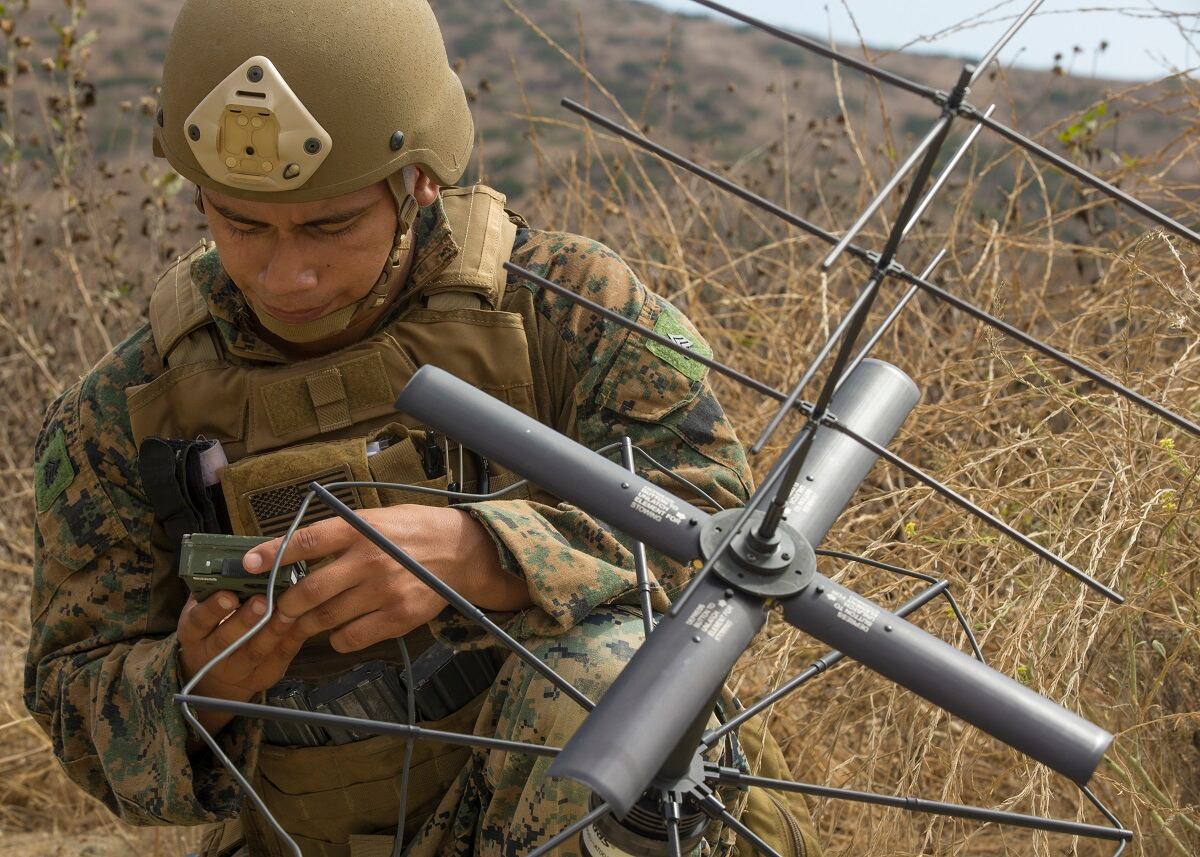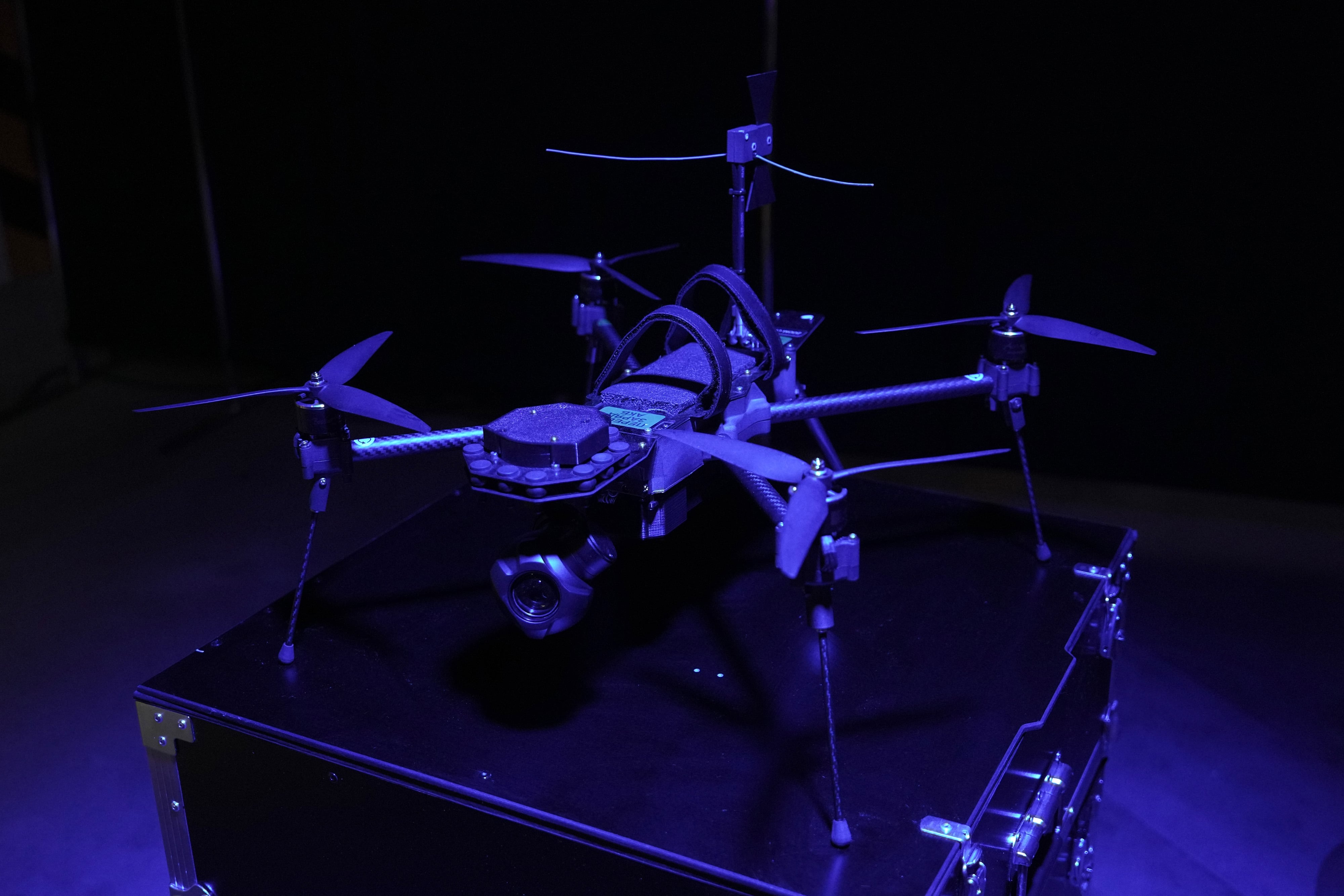The Space Force plans to take a new approach to military and commercial satellite communications it’s calling the “Fighting SATCOM” Enterprise, according to its fiscal year 2021 budget request.
The new designation is meant to address a long-standing desire within the military to enable war fighters to seamlessly switch between military and commercial SATCOM, ensuring that they have global connectivity even in environments where one or more signals are denied or degraded.
“In order for the United States to maintain its asymmetric advantage of global space-based communications, the SATCOM enterprise must be prepared to ‘fight SATCOM’ as a single enterprise through a contested, degraded and operationally-limited (CDO) environment, prevent or withstand loss, and continue to deliver effects to war fighters,” Air Force leaders explained in their Space Force budget materials.
RELATED

The Space Force is seeking $43 million in research, development, test & evaluation funding to develop the Fighting SATCOM Enterprise. That’s less than the $49.5 million Congress directed to the effort in fiscal year 2019, when it was called COMSATCOM Integration.
That’s not sufficient funding, said Rebecca Cowen-Hirsch, senior vice president of government strategy and policy at Inmarsat Government, a major provider of commercial SATCOM to the military.
“We think at a minimum it needs to be $60 million RDT&E,” she said. “But you need to also have procurement to make a full program of record, so you have all colors of money, not just research, test and evaluation money.”
Although Congress directed funding toward COMSATCOM Integration as an independent program element in FY2019, the Space Force RDT&E budget request released Feb. 10 actually transfers it to the Advanced Extremely High Frequency Program’s Space Modernization Initiative. In addition to integrating commercial and military SATCOM, the Space Modernization Initiative will upgrade the existing AEHF system and work to develop new technologies and concepts for a future Protected Anti-Jam Tactical SATCOM (PATS) capability.
That has Cowen-Hirsch concerned, especially because, in her reading, it moves the effort outside the purview of the Commercial SATCOM Program Office, where it resident previously.
“I’m really hoping that the transferral from the COMSATCOM Integration program element is restored back so there is sufficient oversight and transparency on what the government is actually doing with COMSATCOM,” she said. “My concern is that it will be lost.”
Still, there are positives for Cowen-Hirsch, who pointed out that this is the first time the Air Force has singled out commercial SATCOM within a program element.
“The Air Force actually submitting a budget that identifies in an appropriated line commercial SATCOM absent encouragement from Congress is wonderful to see,” said Cowen-Hirsch. “That is an excellent acknowledgment of the obvious dependence on commercial SATCOM for this integrated architecture, for resilient comms. So this is very positive news.”
The enterprise approach Space Force is taking is based in part on the 2019 Wideband Communication Analysis Analysis of Alternatives, which suggested that the military needed a combination of commercial and military owned satellites to meet its SATCOM needs.
Under the Space Modernization Initiative, the Space Force will build a roadmap to the Fighting SATCOM Enterprise that will involve updating all four layers of satellite communications: Space, terminal, network and ground control.
At the ground level, the Space Force will work toward ending the stovepiped status quo where each satellite communications system is built with a unique command and control system. That will be replaced over time with a common ground system with command and control of multiple satellite constellations.
User terminals will also require a major overhaul. Under the Space Modernization Initiative, the Space Force will develop terminal standards for the services that will require terminals to operate over a variety of frequencies, allowing them to operate with a number of different providers simultaneously or with a quick transition. The military wants its war fighters to be able to maintain a network even as they hop across different satellites and providers.
Space Force will also take over the financial management and customer tools used for COMSATCOM from the Defense Information Systems Agency, making Space Force the sole procurement authority. Space Force leaders want a new system of tools for this effort, and according to FY2021 Air Force budget documents, the service plans to award a contract for COMSATCOM Financial and Customer Tools Development and Migration in July 2020.
Utilizing Section 804 authorities, the Space Force plans to develop rapid operational prototype capabilities, starting with a Block 0 contract in FY2021 to achieve initial operating capability for the Fighting SATCOM Enterprise, followed by a Block 1 award in FY2022 that will take a development operations approach.
According to the Air Force, the enterprise approach will improve affordability by ensuring that Space Force “RDT&E investments have utility and portability between Military SATCOM and COMSATCOM requirements.”
Nathan Strout covers space, unmanned and intelligence systems for C4ISRNET.








